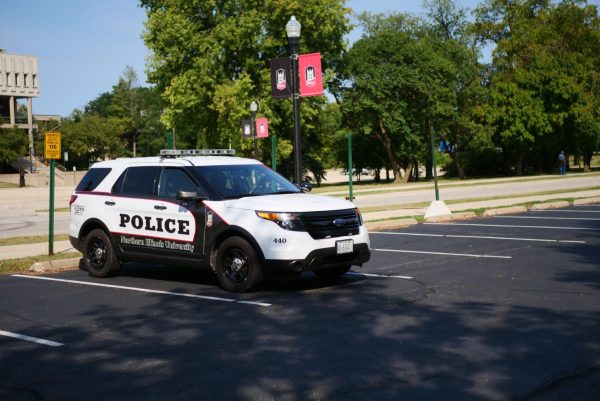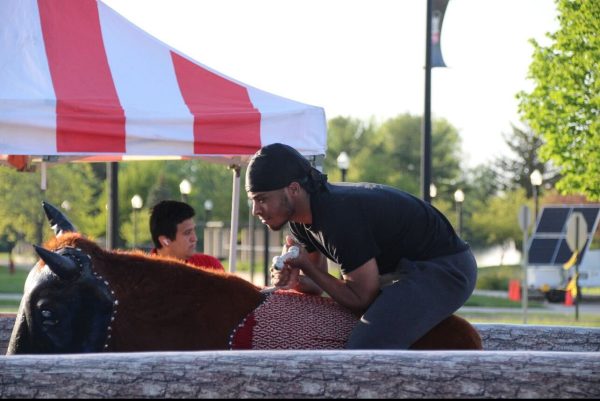SA to implement Huskie Bus tracking system
October 25, 2006
DeKALB | Students standing outside the Holmes Student Center wondering where their bus is may get an easy answer next spring.
The Student Association is planning to debut a bus tracking system next January. The system will allow students to see where the buses are and possibly how long they will have to wait.
Brent Keller, director of mass transit, said as a freshman coming into the SA, he thought it would be a cool idea to have some kind of system to track the buses. After hearing other people in the SA had similar ideas, he said he wanted to “kick the tires and start the fires” on the project.
The Huskie Line already has a voice communication system so the terminal can monitor their movements. The new system will add a GPS antenna and receiver to each bus. This will allow their locations to be uploaded to a central facility and then displayed graphically onto maps. Keller plans to install plasma screens in DuSable Hall and the HSC to display these maps for students, and also wants to make the maps available online.
The system will be developed by Tri-Star Communications, 1280 E. State St., Sycamore. Jim Warner, co-owner of Tri-Star, said he was excited about working with the university. He said his company is responsible for providing the engineers and technicians to deploy the system.
The first phase of the project, which will be completed by the end of the semester, will cost about $11,000, Keller said. Warner said this will include installation, labor and parts, with about 20 to 35 percent of the cost going toward software, 10 to 15 percent toward labor and the rest toward hardware.
Phase One will be 90 to 95 percent completed by the end of this semester, Keller said. Phase Two will include the installation of two plasma screens and the development of an online tracking map through the geography department.
Tri-Star has developed similar systems for waste removal companies. Warner said another one of the system’s features is that bus information can be time-stamped. Controllers would have all the information of when and where vehicles stopped to help eliminate issues between customers and service providers.
Warner said another really popular feature that could be implemented is an emergency button. The system can display emergency conditions on buses in real time, so if a fight or medical emergency took place that information could be relayed and the proper authorities contacted.
“I think they need more busses,” said Anthony Veal, a freshman industrial engineering major, while waiting outside for a bus. “It don’t even run every ten minutes.”
Other students thought it would be a welcomed addition.
“It would be good, especially in wintertime,” said Lily Fabela, a freshman accountancy major.












